The Truth about a Floating Rate Mortgage…
October 9, 2021Are you interested in exploring a floating rate mortgage but don’t feel as though you have enough insight on trends or the current economy to make an informed decision whether a variable or fixed rate is the way to go? It’s always valuable to ask the experts opinion. Keep in mind that this opinion will likely change year over year or perhaps even every quarter. And although the market and our opinion may change, some of the information will remain the same regarding the nuances of a floating rate or general policies surrounding the product.
There are two different types of Floating rates. A variable rate mortgage (VRM) and an Adjustable rate mortgage (ARM). The key difference is that the payments on a VRM will not fluctuate when there is a change on the overnight prime lending rate. What is affected is how much of each payment is directed to principal and how much goes towards your interest. This ultimately effects your amortization either for the better or the worse. So while the banks will not organically change your payments, if your mortgage has a pre payment capability then you can be in charge of deciding to increase your payments to offset the interest if you choose to do so.
With an ARM, your payments will fluctuate as the bank’s prime changes. You need to ensure that you or your family has the bandwidth to handle the increase in payments.
Banks will offer one or the other between a VRM or ARM but not both.
There is a misconception that prime rate changes rapidly and often. While the Canadian and US market trends will dictate the Bank of Canada’s overnight prime rate, there have actually been few changes to prime over the last decade. Key indicators to prime rate changes are: supply and demand, the dollar, inflation, and it generally aligns fairly close to the US market.
At the time this was written, In the last decade there have been 12 changes to prime rate. That’s nearly one change a year. Prime rate generally changes by .25 BPS at a time. There have been some quick adjustments of .50 BPS but that is not a common trend.
You have the option to lock in a variable mortgage into a fixed rate at anytime throughout the term. Each lender has different guidelines as to what rate and remaining term you are locking into; however, the option is there for a quick request and very little paperwork. Generally without cost.
Another draw to a floating rate product is that you have an inexpensive exit strategy if you need to break the term early. This is always calculated at a 3 month interest penalty based on the balance owing.
This makes it an extremely flexible product with an easy out. This is in comparison to a fixed rate where the banks will generally charge the higher of two calculations between the 3 month interest penalty and an interest rate differential (IRD) which can often be costly.
So, in summary, if you can score a really low floating rate in comparison to today’s fixed rate where there is a large enough margin of difference, the floating rate might get you ahead with interest savings and reducing your overall amortization during the life of the mortgage.

